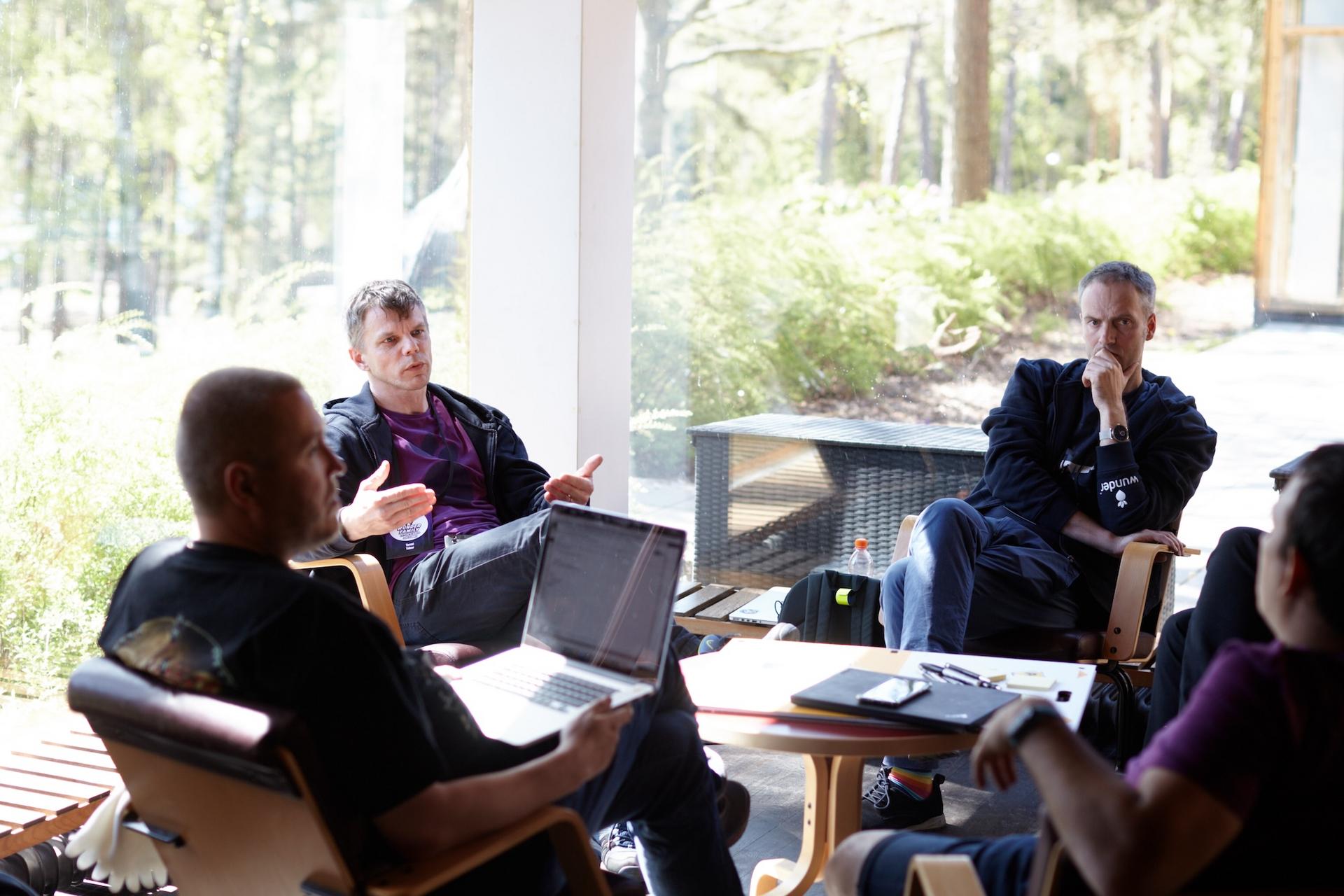5 reasons why you should have retrospective meetings

For those of you who are not familiar with Scrum and agile processes, according to the Scrum Guide, a retrospective meeting is “an opportunity for the Scrum Team to inspect itself and create a plan for improvements to be enacted during the next Sprint.” In other words, the whole team comes together, openly discusses the recent past and looks for ways for improvement. This can include teamwork, tools, process etc. Here are five reasons…
1. Create transparency and trust
The properly held retrospective meeting will force the team to discuss problems and also success stories openly. Being transparent and truthful about the good, bad and ugly creates trust among the team members.
2. Boost team spirit
Retrospective meetings are good for team building, especially for a new team. When the team has not worked together before, the routine will help to break the ice and brings the team closer together. Discussing success stories, giving feedback and looking for solutions for the problems together will give a boost to team spirit and energy level.
3. Discover risks early
Retrospectives are also a good risk management tool – the meetings allow to discover impediments as early as possible. If the team members are comfortable discussing issues then they will also bring possible problems on the table sooner and this will give more time to react and solve them. The meeting results should also give a hint about how the team is moving towards the project goals and gives a good possibility to sense the team’s attitude towards achieving these goals.
4. Learn and adapt
One of the most important agile principles is constant learning and improving. The retrospective meeting is a powerful tool for achieving this. It provides a possibility for the team to:
propose solutions for the biggest issues or next steps for solving these;
- look ways for improvement in the process, teamwork;
- discover new opportunities together;
- adapt to changes;
- share feedback with each other’s work.
5. Empower team members
When agreeing which improvements to make always assign an owner for the task, who takes commitment. The product owner should not be the only person who takes responsibility. Everybody in the team should participate and take ownership. This will empower the team members because they can work on the issues that are important for them.
And a follow-up on the agreed changes. Go over the agreements made in the last meeting and discuss how they have worked – agree whether or not the change was successful and whether the change should be permanent. If you only talk the talk and don’t walk the walk then the team will lose faith and retrospective meeting will lose its value.
It does not matter if you are using Scrum, waterfall or maybe you’re are not doing software development at all. If there are a team and a project, you should have retrospective meetings. If you are working with clients you should also include client-side team members. This can sometimes feel intimidating because you don’t want to wash dirty clothes in front of your client, but transparency will pay off.